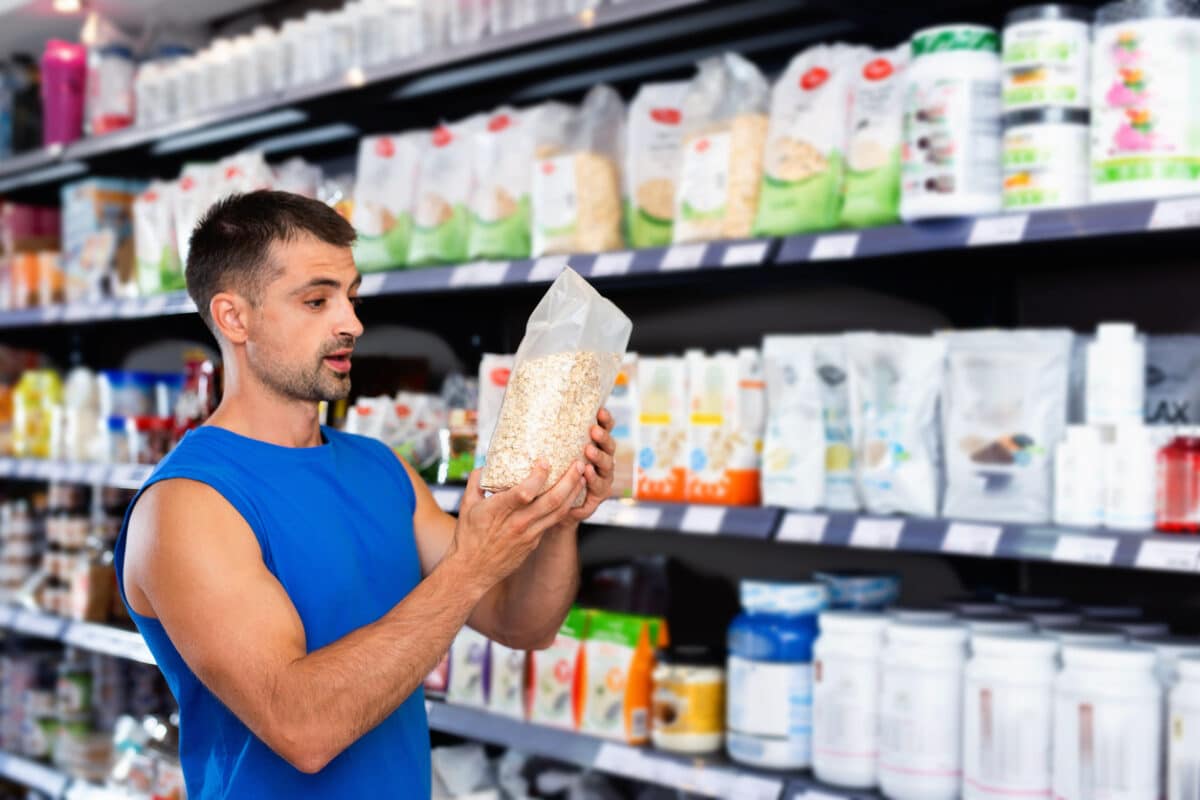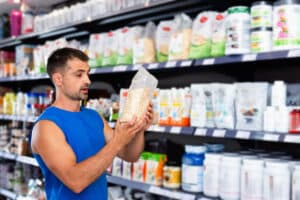
Many drug industries are working in every country. To sell any OTC drug in Canada is not possible without its legal authorization. A computer-generated eight-digit number is issued to every drug in Canada from Health Canada before it comes to market. This eight-digit number is known as Drug Identification Number (DIN).
Drug Identification Number (DIN)
A Drug Identification Number indicates the information about the drug and whether it meets all the Food and Drug Act criteria and its Regulation. It gives a favorable risk/benefit profile of drugs. DIN is on the label of prescription or over-the-counter drug products evaluated and authorized for sale in Canada.
DIN is a unique number for every drug according to its quality, safety, dosage, and effect. Manufacturers must meet these criteria; then, DIN is issued to the drug. Such measures provide surety about the medicines that have been assessed and are safe for use. It must appear like DIN: 123456, for example. Avoid purchasing and using products that lack a DIN. It is a property of Health Canada.
Aim of DIN
The primary purpose of DIN is to protect the health and safety of Canadians from taking unsafe and unauthorized drugs. And to provide them with reliable, timely, and 100% accurate information on the availability of drugs in Canada.
Objectives
A DIN identifies the following characteristics:
- Manufacturer
- Product Name
- Active Ingredients
- Strengths of active ingredients
- Pharmaceutical form
- Route of administration
- Guidance document
Need help obtaining your (DIN) Drug Identification Number?
The Guidance Document
For all the drugs that have been issued a DIN number, there is a guidance document that is applied (i.e., human and veterinary drugs, biologics, disinfectants, and radiopharmaceuticals. The change in this document is limited if that affects the status of DIN.
This document covers by Health Canada to the manufacturer the following activities:
- Issuance of a DIN
- Issuance of revised Drug notification
- Market notifications’ filing
- 12 months of sale without notifications’ filing
- Discontinuation of sale notifications’ filing
This document does not include management of drug submission, reporting adverse reactions, user and the right to sell drug fees, licensing, and annual drug notification processes.
Medical devices, veterinary health products, natural health products, experimental treatments for humans and animals, pest control products, and cannabis for medical purposes regulated under Part 14 of the Cannabis Regulations are also not included.
A DIN must be obtained by the Manufacturers of prescription and non-prescription drugs before they market their products in Canada. A Notice of Compliance (NOC) may also be required for the market authorization of a drug.
Issuance of DIN
Drug DIN is issued to the manufacturer; he acts as an agent on behalf of Health Canada. Because of this association, a person or any partner sells a drug using their name or trade name. After providing all the details and satisfying Health Canada, DIN is issued.
Cancellation of DIN
DIN can be canceled if the person fails to provide the required information for the safety and efficiency of the drug for its recommended use or on notice of noncompliance. Every year manufacturers must provide a signed copy of their Annual Drug Notification Form to Health Canada. Their DIN will be canceled if they fail to provide it before October 1st.
Drug Notification Form (DNF)
Every manufacturer must fill out this form before October 1st so that all information supplied before is correct about the drug. For more information on ADNF, consult the Guidance Document- Fees for the Rights to Sell Drugs. This form contains all the information about drugs and DIN that Health Canada has authorized.
According to the Food and Drug Regulations, the manufacturer, within the 30 days after the drug has been sold first, its date and sign the completed DNF. Please return it to Health Canada with a statement that all the information is correct and identifies the first sale date.
Product Name
The product name of a drug is named by the manufacturer so that they can sell and advertise it. If a manufacturer wants to sell his drug (already assigned DIN) under two or more product names, then he must file an application for this purpose- a separate DIN will be assigned for a separate product name. No other DIN is issued to the same product but to different retailers. This means manufacturers can sell drugs privately, but the DIN of the same product and manufacturer name will remain the same regardless of the retailer’s separate stores.
Health Canada assigns only one DIN to the products with unfamiliar flavors, colors, and fragrances but has all other same characteristics as drug formulation, dosage, route, manufacturer, and product name.
Separate DINs will be issued to sugar and sugar-free drugs with the same manufacturer. Also, preservation and preservation-free formulations will be issued as separate DINs.
Expiry of Drug
The expiry date of the drug should be mentioned on the label. Drug expiry should contain its potency, purity, and physical characteristics. It should also mention when the medicine cannot be used. The expiry should be a minimum of a month or a year.
Label
A label can be any separate package inserted in the packaged drug or written on the container. Facts sheets, consumer/patient leaflets, product monograph, or any other material that contain information related to the drug. These labels may be included in the package or sent to the consumer at the time of sending.
New Drugs
The new drug that meets all the criteria Health Canada gives must have NOC and DIN for authorization of sale in Canada. Drugs before June 2018 were not given DIN, so they were offered to apply for DIN after June via the application. Manufacturers send a direct email of application (DNF) to Health Canada.
No new DINs are issued until the NOC is granted or other requirements are left. DIN is issued when the NOC is granted to the manufacturer. The original Din is given to the manufacturer if they mention any change in the process of the drug. Application for this purpose must be submitted as well. The DNF shows the market authorization, so no NOC is required.
The Bottom Line
No drug in Canada can be sold without issuing the Drug Identification Number (DIN). This is very important for the safety of every person in Canada. They take legal and authorized drugs that have benefits. Also, for the drugs that got DIN but are not sold by the manufacturer for 12 consecutive months (due to low market demand or any other reason), the manufacturer must write an application to Health Canada so that after proper roots, they consider the DIN of that drug dormant.
Are you looking to have your drug product registered with Health Canada? Quality Smart Solutions has a team of experts who are skilled with DIN applications. If you need help with your Drug Establishment License (DEL) Registration we can help with that as well. Please contact us today or call us at 1-800-396-5144 to learn about how we can help you.
FAQs
What is a Drug Identification Number (DIN)?
A DIN is a unique, computer‑generated eight‑digit number issued by Health Canada. It appears on the label of prescription and over‑the‑counter drugs that have been reviewed, authorized, and deemed safe for sale in Canada.
What purpose does a DIN serve?
A DIN confirms that a drug meets the standards set out in the Food and Drug Act and Regulations—covering safety, efficacy, quality, labelling, dosage, and route of administration.
Which product attributes does a DIN identify?
Each DIN is associated with details like manufacturer, product name, active ingredient(s), strength(s), dosage form, and administration route.
Who issues DINs and to whom?
Health Canada’s Therapeutic Products Directorate reviews drug submissions. Once approved, it issues a DIN to the manufacturer or its agent, authorizing the product for sale.
Can two drugs have the same DIN if sold under different brand names?
No. If a manufacturer markets the same drug under multiple names, each requires a separate DIN—even if only the product name differs .
What happens if a DIN holder doesn’t update their Annual Drug Notification Form by October 1?
Health Canada may cancel the DIN if the holder fails to submit the required annual update confirming continued safety and sale status.
Can a DIN be reinstated if it becomes dormant due to inactivity?
Yes. A DIN deemed “dormant” from 12 months of non‑use can be reactivated—but only after the manufacturer submits a formal request and satisfies Health Canada’s review.
Is a DIN required to initiate a drug recall?
Absolutely. During a recall or safety advisory, the DIN ensures precise identification and tracing of the affected product batches .
Does a DIN automatically mean the product is safe and effective?
A DIN means Health Canada has assessed and approved the product for sale. However, ongoing monitoring—including adverse event reporting—is still required to ensure continued safety.
Are there any exceptions to requiring a DIN?
Limited exceptions exist (e.g., emergency import of foreign drugs), but generally, any product defined as a drug under the Food and Drugs Act must bear a DIN to be legally sold in Canada.










